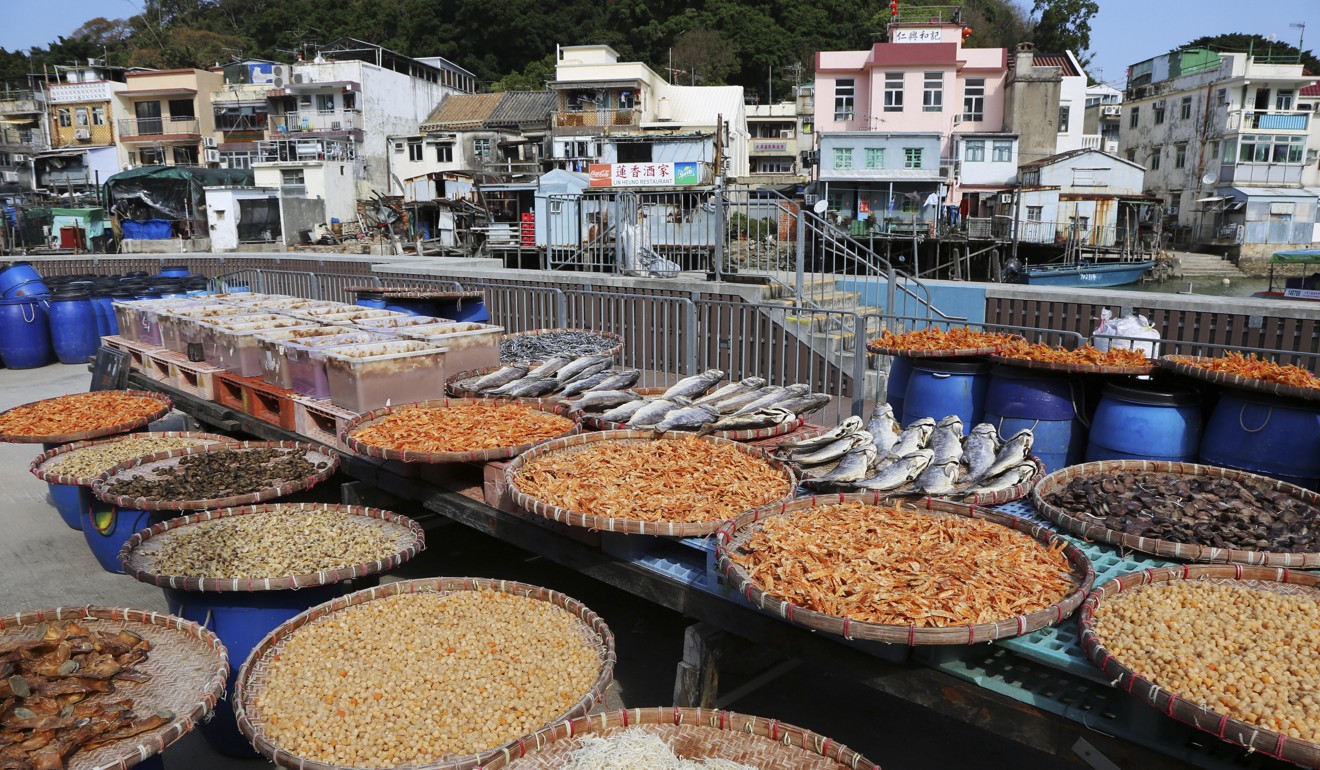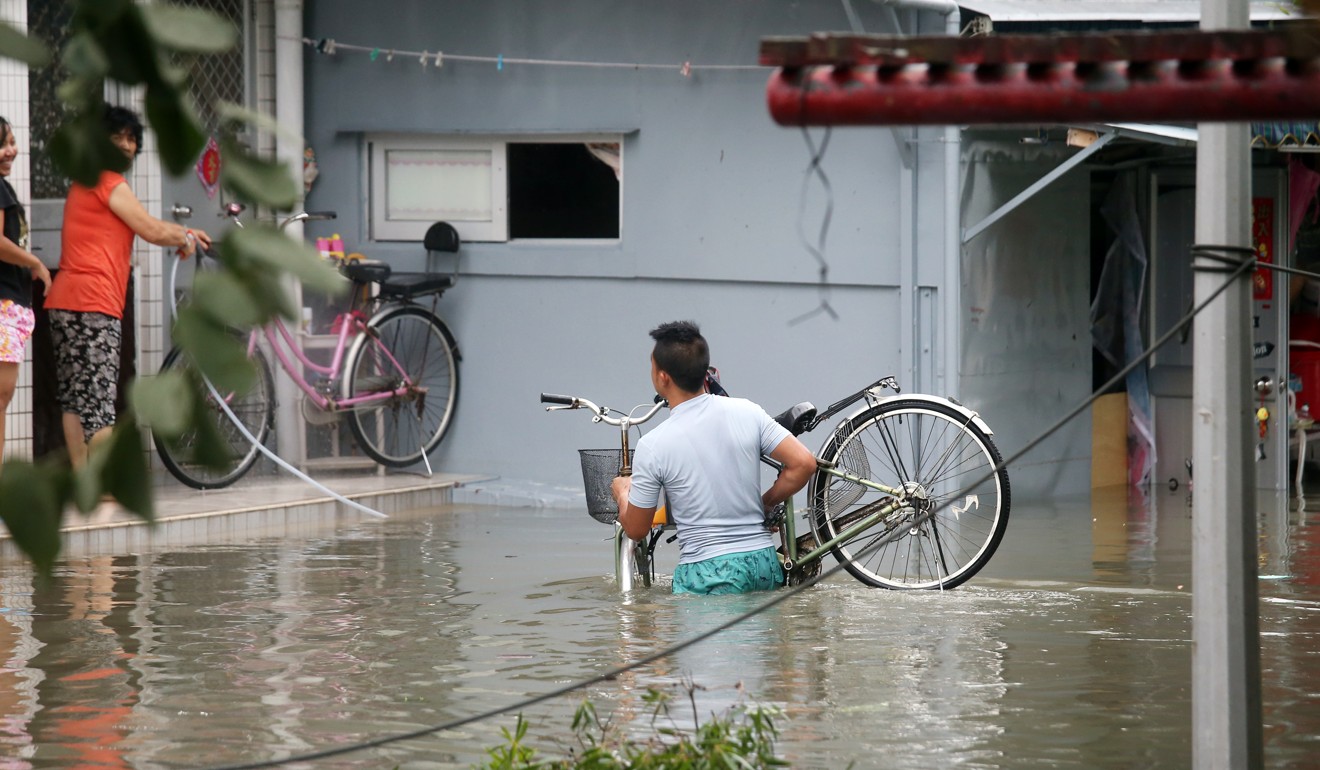
Could rising tides put the ‘Venice of Hong Kong’ underwater?
Local environmentalists urge residents to think about the risk their high-energy lifestyles pose to a part of the city most vulnerable to rising tides
Will Hong Kong’s fishing town and popular tourist attraction Tai O become unlivable or even disappear in the coming decades due to sea level rises and extreme weather?
And – whatever ill effects climate change does bring to the town – will the blame lie more with its local residents, or with the city’s power-guzzling urbanites, ferried around by cabs and trains, and kept cool at home by air conditioners?
Those are the questions charity CarbonCare InnoLab wants Hongkongers to think about, especially when they turn on those air conditioners as summer kicks in. The group cites studies saying the fishing village on the west coast of Lantau Island could be the area in the city most affected by climate change.
And Tai O’s vulnerable status is “mainly because of its geographical features,” says Debby Cheng Yi-yi, the charity’s programme director.
“Whenever there’s a typhoon, the flooding situation in low-lying areas of Tai O is more serious than other parts of the city, and climate change could make the matter even worse in the future. So, some scientists have raised a question: will Tai O still exist by the end of this century?”

Tai O, nicknamed “the Venice of Hong Kong”, is known for its waterways, seafood, stilt houses and fishing culture. Many residents there still work the sea for a living, despite the local fishing industry declining over the years.

A 2015 study by US-based group Climate Central suggested 45 million people in Hong Kong and in mainland Chinese cities Shanghai and Tianjin would be displaced if climate change pushes global temperatures up by four degrees Celsius.
But Cheng observes that to many visitors Tai O is “merely a place for sightseeing during the weekends”. She says many Hongkongers, especially those in urban areas, are unaware of the consequences brought on by extreme weather, as they may think the impact of climate change “seems to be very far away from them”.

To put the issue at the forefront of people’s minds, the charity will hold an educational and fundraising hike between west Lantau and Tai O on March 18 to help hikers understand a wide range of climate change-related issues. There will be several educational checkpoints along the trail where participants will learn how climate change has triggered flooding and landslides in the district and affected residents’ living conditions.
Cheng says the 6km hike will be the second such trip since CarbonCare InnoLab was founded in 2015, with the stated aim of giving opportunities for action, innovation and awareness on climate change to young people in Hong Kong and mainland China.
Globally speaking, the advancements of well-developed countries have already affected the well-being of people living in developing countries
She says she is happy to see an increase in the number of participants, from 30 last year to 100 this year, as she thinks outsiders have little association with the village and need to learn more about how their lifestyles could affect those living in rural areas.
She thinks the city needs to do a better job in pursuing climate justice and protecting vulnerable areas affected by climate change in Hong Kong through education.
“Globally speaking, the advancements of well-developed countries have already affected the well-being of people living in developing countries,” she says. “This kind of climate injustice is already happening locally in Hong Kong.

“When people feel better after turning on their air conditioners during the hot summer months, they should also think about what the impacts are on those living in rural areas and whether their behaviour could lead to the disappearance of country parks, where they would go to relax.”
Participants on the hike should make sure they are fit enough to take up the trail’s “meaningful challenge”, according to the charity’s website.
Why should Hong Kong be more walkable? Environmentalists and tour groups spell out the reasons
Cheng adds the charity has stopped taking registration, but the public can still donate to the event. All money raised will be used to support the charity in developing local programmes to tackle climate change.

